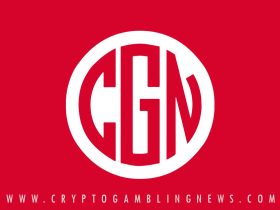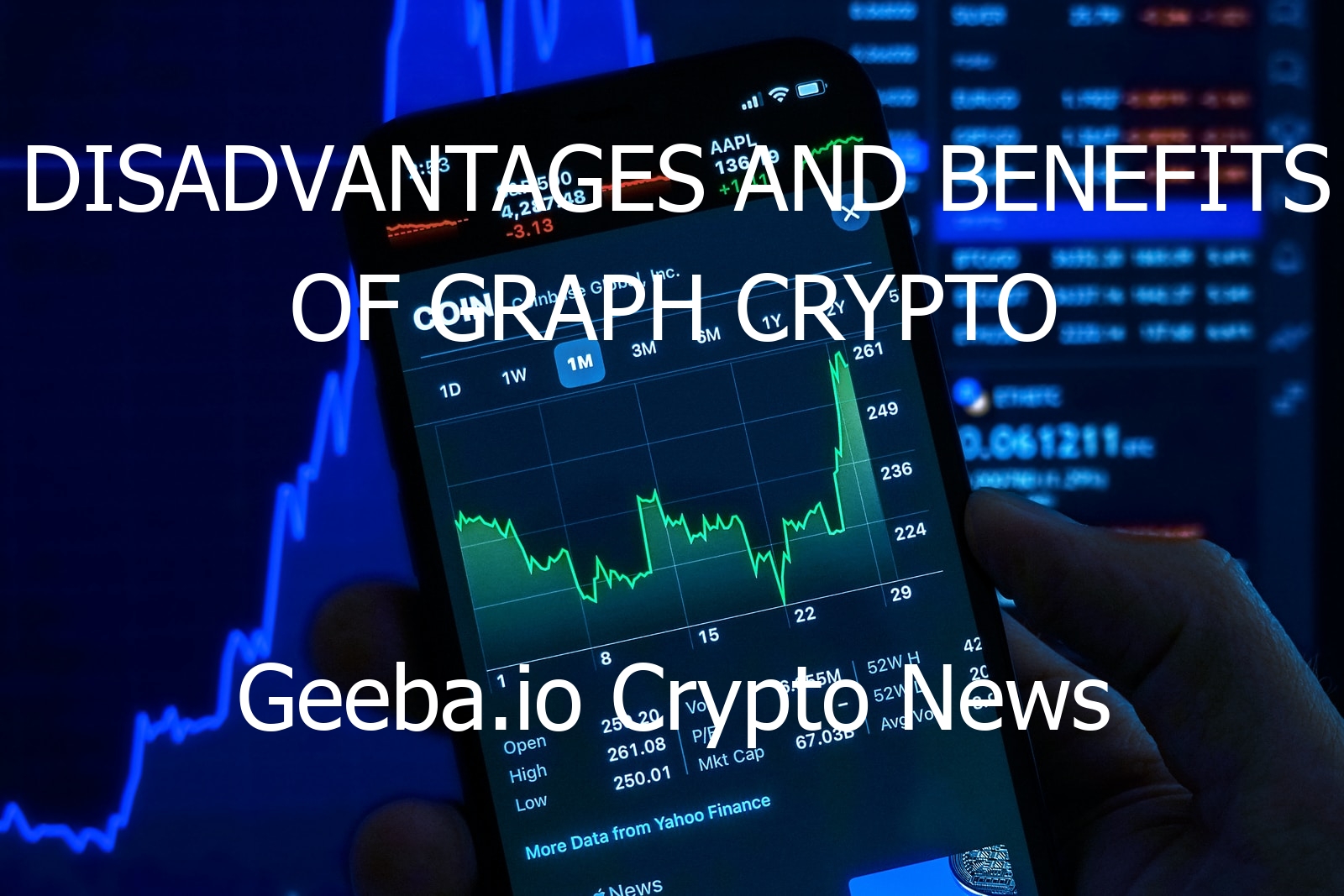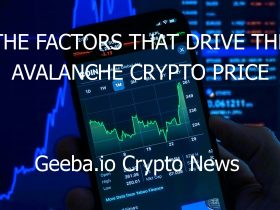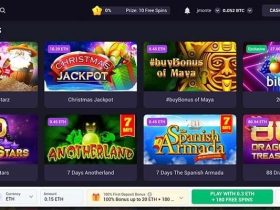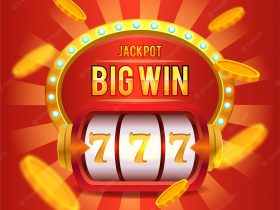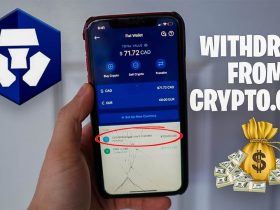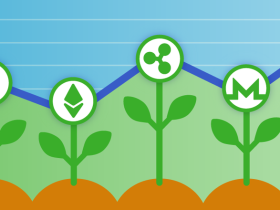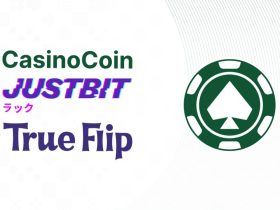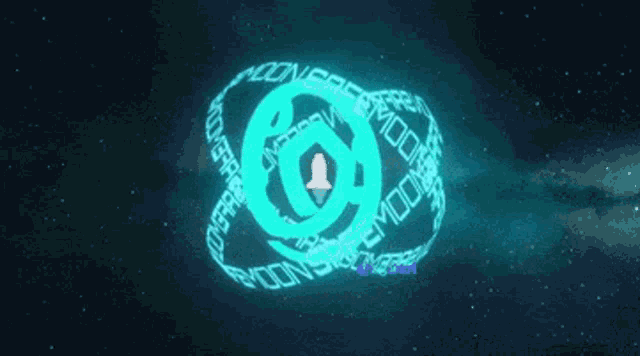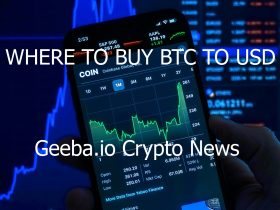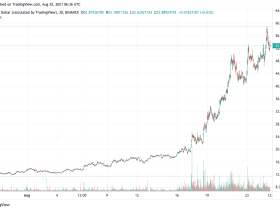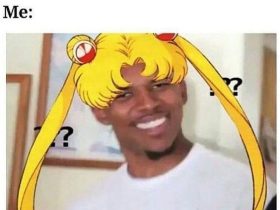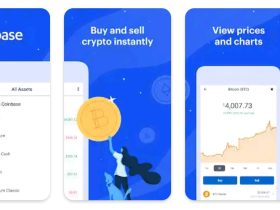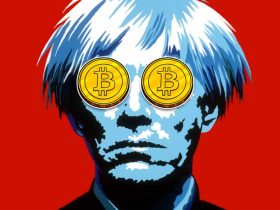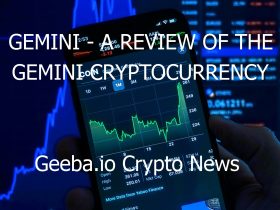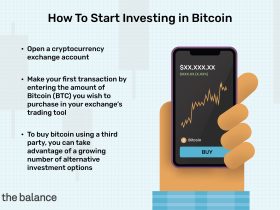Graph Token (GRT) is a cryptocurrency which is built on the Ethereum blockchain. Its creator, Yaniv Tal, has created an indexing protocol that will make blockchain data easier to search. Yaniv faced difficulty in creating new Ethereum blockchain applications. To solve this problem, he developed an indexing protocol. The company’s price has been rising steadily ever since. The price is currently $0.2415 per GRT.
The Graph
During the recent past, the Graph crypto has been the subject of many discussions. This cryptocurrency has a great deal of promise and is backed by developers from all over the world. But there are risks associated with it, as is true for any crypto project. Here are the disadvantages and benefits of this crypto. First, it is a decentralized currency, but it is also a good option for people who don’t want to take huge risks.
Graph Token
The Graph Token (GRT) is a cryptocurrency that will enable developers to create decentralized applications. The Graph will offer essential data for Ethereum dapps, such as the Uniswap, Balancer, Curve, Aave, Moloch DAO, Compound, and Uniswap. Its development team includes professionals from Ethereum Foundation, OpenZeppelin, MuleSoft, and Synthetix.
Indexers
In a decentralized governance model, the Graph network is governed by a community of three different types of individuals: Indexers, Curators, and Delegators. Indexers operate nodes and compete to provide the best service on The Graph. Curators organize and classify data, while Delegators secure the network indirectly by delegating GRT coins to Indexers. This community-based governance model requires each member to be a good citizen, as each contributes to the overall ecosystem.
Curators
In The Graph Protocol, curators can earn revenue by staking GRT. The amount of a curator’s cut depends on the demand for the GRT token. The earlier a curator signals, the more GRT the curator earns. Curators may also earn more by signaling early, but this depends on market demand. They may earn more or less than they start with, depending on the bonding curve. This article is not intended to be a financial, tax, or legal advice.
Delegators
There are two types of indexers: indexers and delegators. Indexers retain a large portion of all the rewards, while delegators receive a smaller percentage. The amount of rewards that delegators receive will depend on the percentage of GRT allocated to them. Delegators must submit transactions to receive their rewards, but there are some rules and guidelines that they must abide by. In the end, the best indexer to use is one that offers the best value for your GRT crypto.
Price prediction
GRT is a cryptocurrency with a maximum supply of 10 billion GRT coins. As of writing, its circulating supply is around 6.9 billion coins. Moreover, it has a market cap of $1.1 billion and is ranked 52 on the CoinMarketCap platform. Despite its volatile price, this crypto is a feasible investment option in the near future. Its forecasts are based on various factors, such as the amount of opposition, past value history, and average exchanging cost.
Market dominance
The Graph (GRT) is a decentralized protocol that indexes data across different blockchains, starting with Ethereum. The protocol makes it possible to query data that is difficult to access directly, by providing a link to data not available through smart contracts. It’s an increasingly popular protocol among those who want to use GRT for trading and investing. It’s also a great solution for people looking to store a large amount of GRT in their cryptocurrency wallet.


